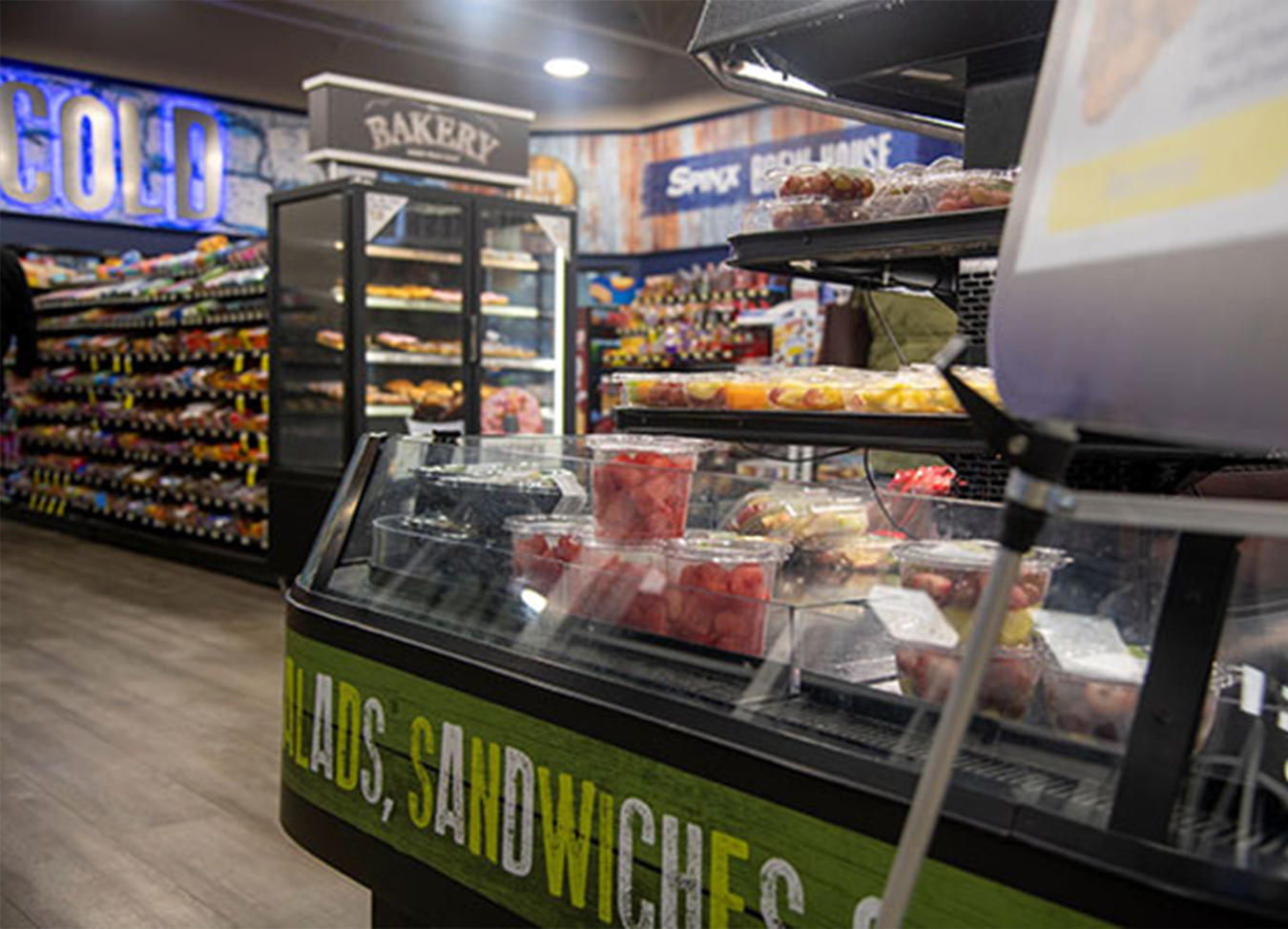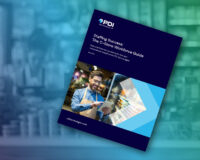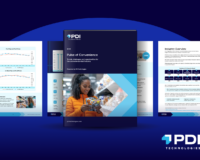
C-store data used to be limited to weekly delivery (at best) focused in sales and trend, but with little to no detail and even less chance for understanding how consumers shop and the choices they make in-store. Those days are gone. New data acquisition and analysis capabilities for c-stores are helping not only a wider array of c-store operators, but help CPG brands remove a long-lasting blind spot and drive revenue growth through that channel at rates they could only dream of, even in the face of the post-COVID “new normal.”
These tools allow CPG brands to monitor and mine performance in c-stores by the hour, down to the SKU, enriched by the powerful ability to understand consumer behavior and geographic differences. This has enormous implications for everything from merchandising and assortment to product development, marketing strategy, and activation.
It promises to be a rich vein of information for everyone who mines it.
The Angels in The Details
These analytics platforms have been specifically developed for the unique circumstances of c-store transactions. Unlike grocery and big-box retailers, c-store visits can be less planned, the basket mix can vary more predictably by time of day, and customers’ trip missions can be quite different from other retail channels. This is amplified by retailers focus on food service solutions, categories uniquely available in c-stores, or the possibility of a purchase following a fuel stop. By connecting c-store ERP systems to POS data, loyalty and other data, retailers and CPG brands can gain a full cycle view of c-store commerce activities and trends, with key line of sight to trip and basket choices. This data is collected in or at near-real time and analyzed as the “heartbeat” of the channel.
This is in sharp contrast with legacy reporting systems for c-store sales that only publish their metrics weekly, often with a minimum of 7-day lag. In contrast, access to data and insight in near-real time can help CPGs and retailers make decisions and implement them at the right time, while also allowing for strategy or tactics development that are not as time-sensitive. Moreover, these legacy systems can provide only limited, if at all, basket-level details, loyalty/tender associations, or timestamps for day parts required to get a detailed view of this channel. Older systems only provide information for general business drivers like sales and price, derived from aggregated data.
Moreover, the newer solutions provide rich coverage of both chains and independent c-stores; the latter (which represents the majority of c-stores) has historically been an information vacuum for CPGs. Now CPG companies can learn about their c-store business more holistically and understand their consumers or shoppers across a wide array of c-store sites overall and at a disaggregated level, and at minimum down to the store. Moreover, they can understand and quantify the impact of the choices and tradeoffs customers make at uniquely different stores. A line of sight to categories not available in legacy systems, specifically food-service department, fuel, and/or store brand SKUs make these insights rich fodder for customer engagement, targeted offers, in-store merchandising, and promotion initiatives, as well as timely understanding of performance, ability to implement refinements, and go/no-go decisions.
Thanks to the geographic footprint and granularity of c-store data and insights, CPG companies can, perhaps most importantly, leverage this shared data to enable better collaboration between them and c-store retailers to drive shared growth.
Where the Action Is
C-store sales are growing, an especially bright spot in the rebounding economy. While the pandemic influenced buying habits, many of these changes are part of longer-term trends. C-store shoppers are spending more than they did pre-pandemic and putting more items in their baskets. This gives retailers and manufacturers opportunities to upsell and bundle.
As consumers’ buying habits evolve, the c-store channel promises to become increasingly dynamic. The c-store industry is also working to redefine convenience even more rapidly now due in part to changes experienced by the pandemic. Changes like order online, delivery, contactless payment, and continued expansion of foodservice offerings and operations promise to make behaviors permanent. These can increase foot-traffic but also reduce impulse buying. These changes make it a must for CPG companies to learn even more and be ahead of the curve in order to capture benefits and mitigate risk associated with these new behaviors. New data capabilities enable CPG brand managers to better understand what’s happening in this channel and evaluate opportunities as they arise.
Some CPG products—driven by impulse purchases—are particularly well-suited to the c-store channel, and conversely can be adversely affected by online ordering and delivery. These new data capabilities will allow brand managers, category leaders, and small-format CPG business owners to maximize these products’ performance. For example, they can leverage basket insights to better understand product preferences and affinities, identify opportunities to pair with, and choose items fitting for the customers daypart mission.
CPG manufacturers are often left making decisions, creating plans, or executing them without a clear view of the c-store channel because they couldn’t get a clear enough view of c-store shoppers’ behavior. The new data systems change all that—for chains and independent operators alike, as well as CPG companies, category leaders, and brand managers. With the advent of new or enhanced data capture and analytics systems for this channel, they can drive more business through this unique and growing retail sector.
These riches have been there all along. Now business has the tools to mine them. To learn how to extract them, visit https://www.pditechnologies.com/insights-analytics/
This content originally appeared in “CustomerThink.”


